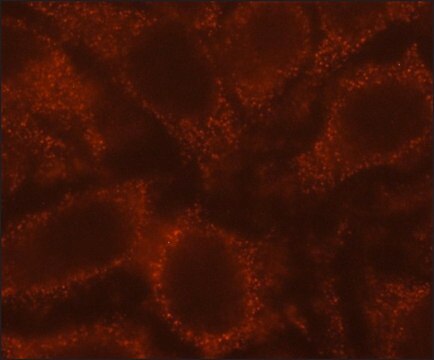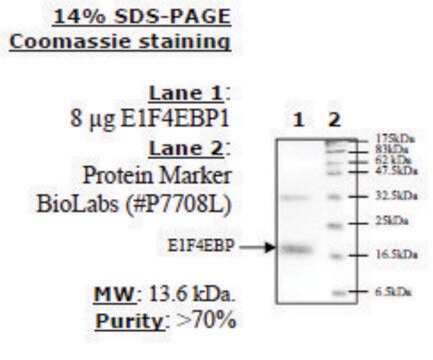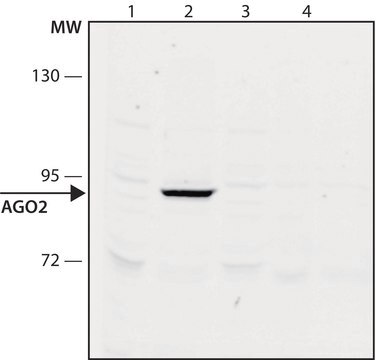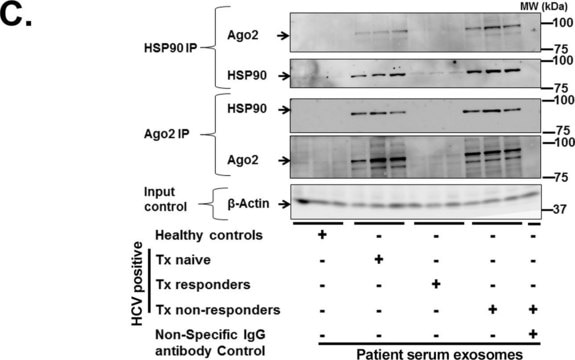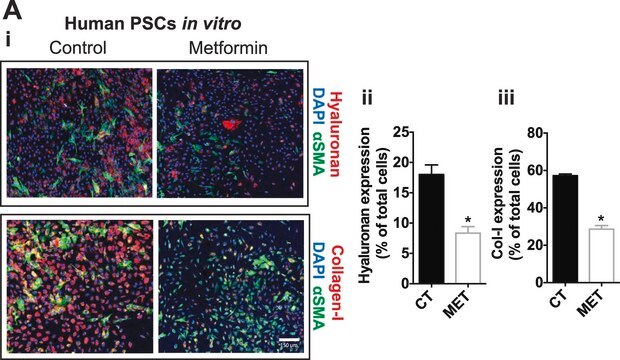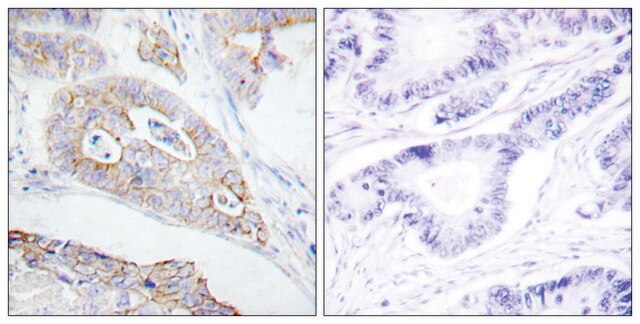SAB4200855
Anti-Cytokeratin Peptide 18 antibody, Mouse monoclonal
clone CY-90, purified from hybridoma cell culture
Synonym(e):
Anti-CK18
About This Item
Empfohlene Produkte
Antikörperform
purified from hybridoma cell culture
Qualitätsniveau
Antikörper-Produkttyp
primary antibodies
Klon
CY-90, monoclonal
Form
liquid
Speziesreaktivität
human
Konzentration
~1 mg/mL
Methode(n)
immunoblotting: suitable
immunohistochemistry: 10-20 μg/mL using heat-retrieved formalin-fixed, paraffin-embedded human placenta sections
Isotyp
IgG1
UniProt-Hinterlegungsnummer
Versandbedingung
dry ice
Lagertemp.
−20°C
Posttranslationale Modifikation Target
unmodified
Allgemeine Beschreibung
Spezifität
Anwendung
Biochem./physiol. Wirkung
Cytokeratin 18 is a member of the type I subfamily. Cytokeratin pair 8/18 forms the IF scaffold predominantly in simple epithelia such as the liver and pancreas. They have major role in the mechanical support of the cell, protein biosynthesis, protection from apoptosis, regulation of cell cycle progression, motility and organelle transport.3
Cytokeratins over and misexpression are linked to various diseases and more than 60 different disorders (termed as keratinopathies) have been linked to inherited cytokeratin changes. Cytokeratins (such as cytokeratin 18) serve as serum markers for malignant and non-neoplastic disorders and mutation of human cytokeratin 18 has also been associated with liver diseases.7
Physikalische Form
Lagerung und Haltbarkeit
Haftungsausschluss
Not finding the right product?
Try our Produkt-Auswahlhilfe.
Lagerklassenschlüssel
12 - Non Combustible Liquids
WGK
WGK 1
Flammpunkt (°F)
Not applicable
Flammpunkt (°C)
Not applicable
Analysenzertifikate (COA)
Suchen Sie nach Analysenzertifikate (COA), indem Sie die Lot-/Chargennummer des Produkts eingeben. Lot- und Chargennummern sind auf dem Produktetikett hinter den Wörtern ‘Lot’ oder ‘Batch’ (Lot oder Charge) zu finden.
Besitzen Sie dieses Produkt bereits?
In der Dokumentenbibliothek finden Sie die Dokumentation zu den Produkten, die Sie kürzlich erworben haben.
Unser Team von Wissenschaftlern verfügt über Erfahrung in allen Forschungsbereichen einschließlich Life Science, Materialwissenschaften, chemischer Synthese, Chromatographie, Analytik und vielen mehr..
Setzen Sie sich mit dem technischen Dienst in Verbindung.


